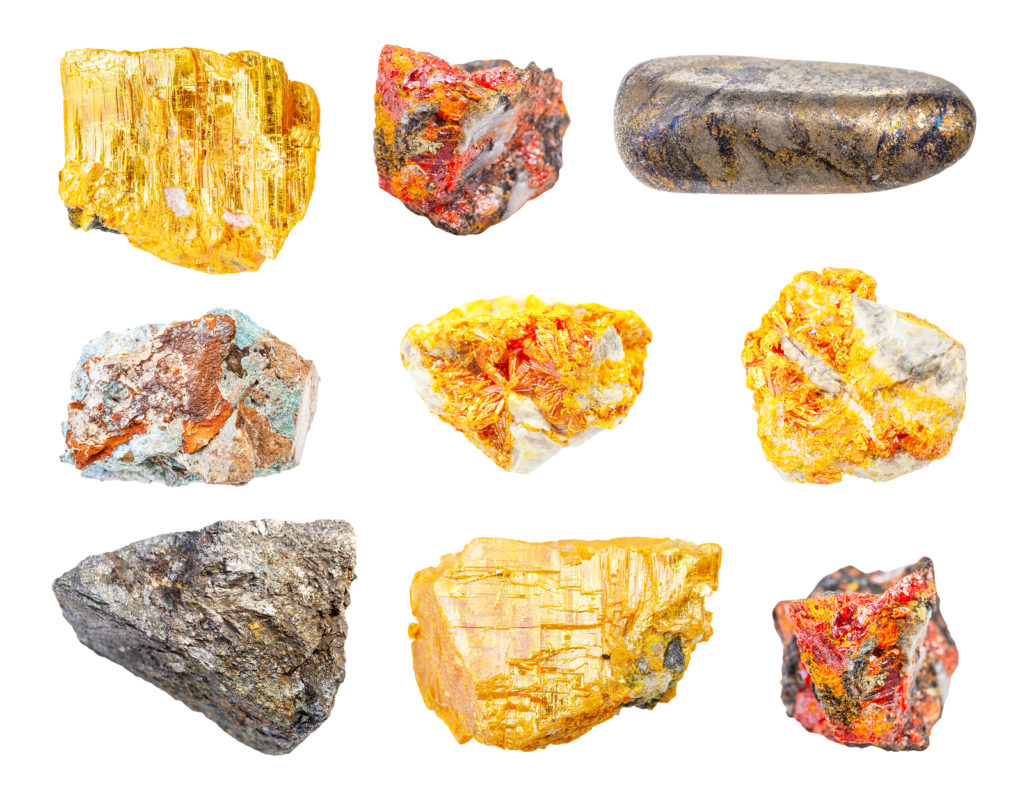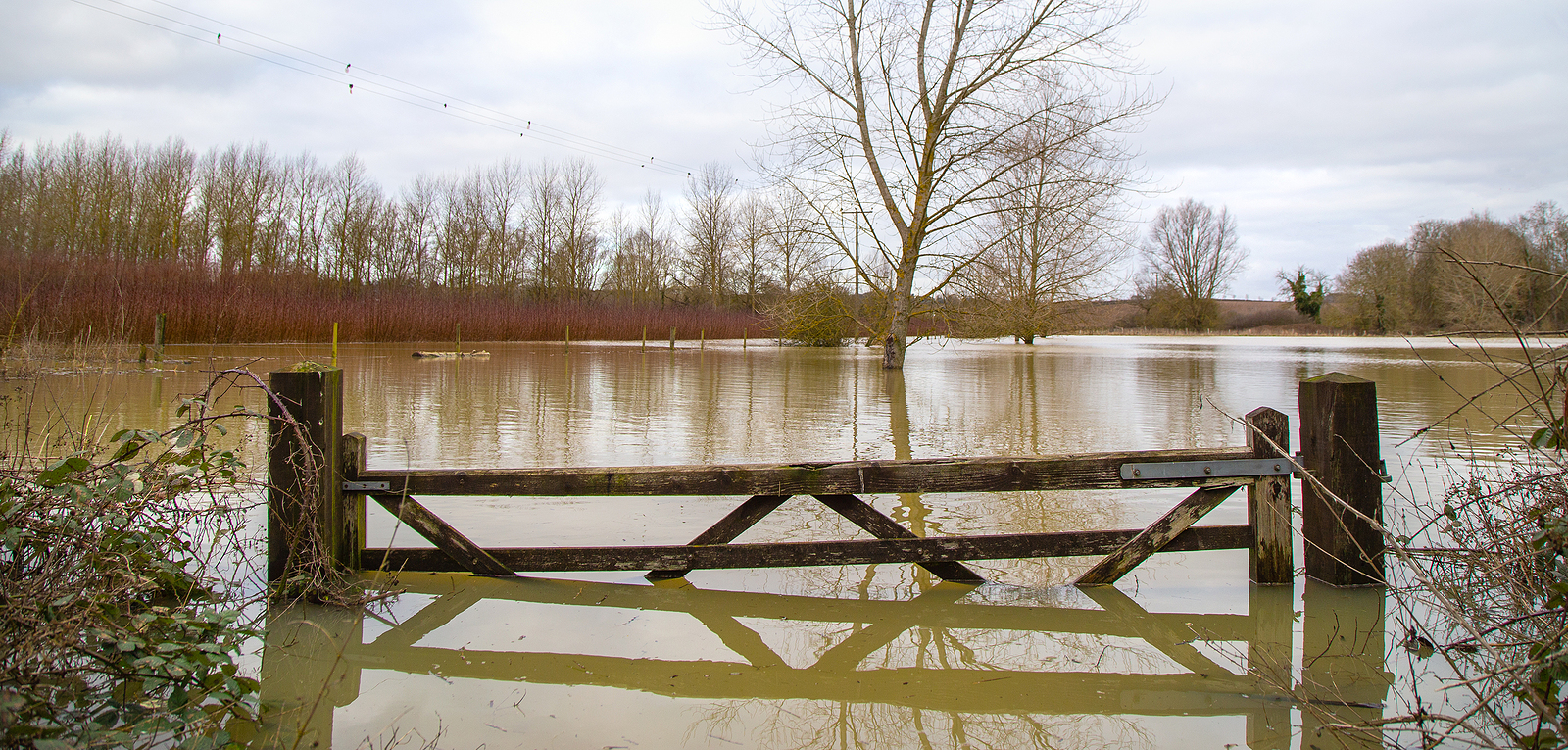Blog
How Do I Know If I Have Arsenic In My Water?
By Steve Angersbach
What Is Arsenic And How Does It Get In My Water?
Arsenic is a metal that is found naturally in rocks and minerals all over the world. Arsenic has many commercial uses in industry and agriculture and was once widely used in pesticides and rat poisons. Arsenic contamination of drinking water is often caused by the erosion of these natural deposits. Private wells are most at risk of contamination, especially in areas that are known to have high concentrations of arsenic in the ground such as the American Southwest, New England, and Great Lakes regions. Many homeowners with a private well are not aware that their water contains arsenic, as they’ve never had their well tested, or the tests they have had done did not include arsenic.
Is Arsenic Harmful?
The health effects of chronic exposure to arsenic are well researched. Arsenic exposure has been linked to higher incidence of cancer, primarily lung and bladder cancer, and to increased risk of cardiovascular diseases. Exposure to very high levels of arsenic can also cause gastrointestinal distress, skin damage, heart problems, and kidney damage. Arsenic is particularly dangerous because you can be exposed to it through your drinking water without even knowing it.
The US EPA has established a Maximum Contaminant Level (MCL) of 10 parts per billion (ppb) and Maximum Contaminant Level goal (MCLG) of 0 ppb for arsenic in drinking water; the State of California has a public health goal (PHG) of 4 parts per trillion (ppt).
Simply put, the ideal amount of arsenic in drinking water is none.
How Do I Know If I Have Arsenic In My Water?
Arsenic is particularly dangerous because it doesn’t have a taste or smell and is not visible in water, even though it may be present at toxic levels. So, how do you know if you have arsenic in your water? The only way to be sure is to have your water tested.
At Xperiential Laboratories, we use EPA method 200.8 to detect arsenic, even at very low levels. This method is the current gold standard in heavy metals testing as it is sensitive, specific, and efficient. The instrument used in this method is the inductively coupled plasma mass spectrometer (ICP-MS). Once a sample is received, a small amount of acid is added to it to prepare the sample for analysis, then it rests overnight. The next day, the sample is transferred to a test tube and placed on the instrument and analyzed automatically. Analysis of arsenic requires rigorous quality control and advanced scientific technique to achieve accurate and precise detection down to levels which can continue to pose a health threat. Xperiential uses multiple quality control practices to ensure accurate and precise detection and measurement of arsenic in drinking water.
Talk to our scientists about arsenic in your water or visit us to learn about testing options.
References
https://oehha.ca.gov/media/downloads/water/chemicals/phg/asfinal.pdf
https://www.epa.gov/ground-water-and-drinking-water/national-primary-drinking-water-regulations
Category: Contaminant Spotlight
Share this on:
Latest Blogs
Water Alerts
Have the knowledge to take action.
Water is Precious - Know What's In Yours™. Xperiential offers testing to clients in the residential, professional, commercial, and municipal sectors.




